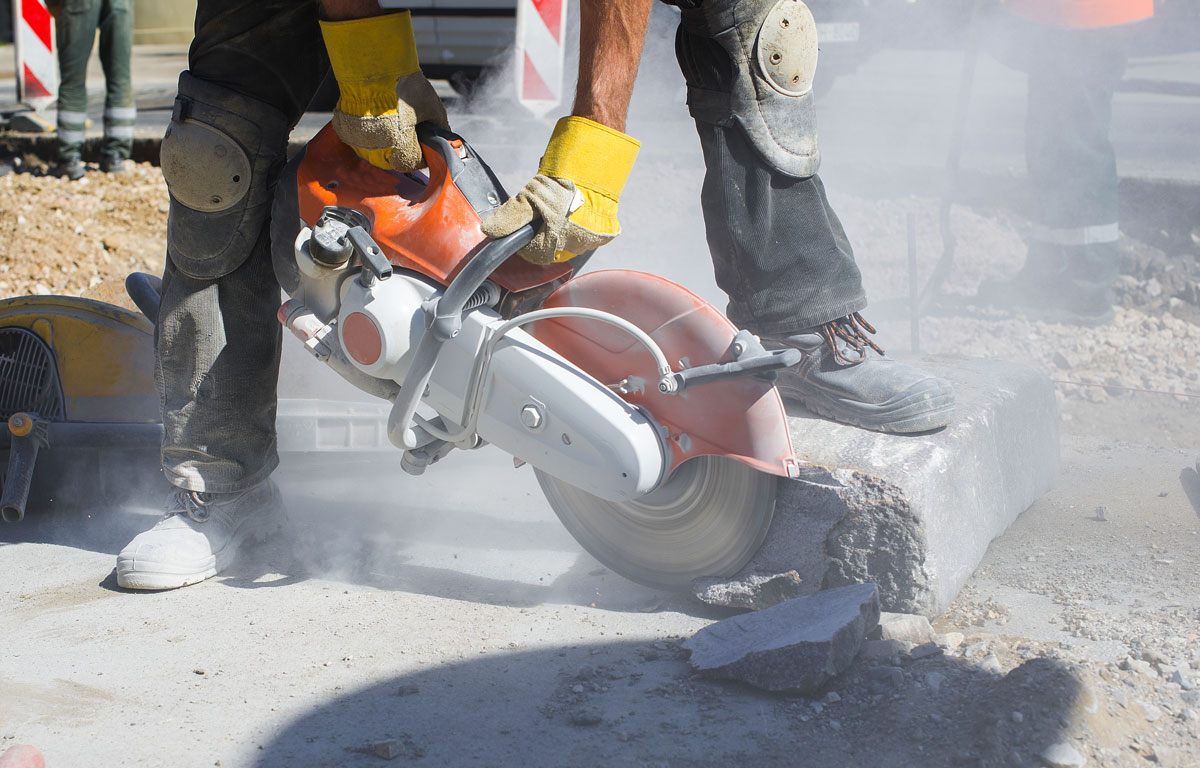Active water leaks in your concrete can be more than just a nuisance. Everybody has them. That area that stays wet all the time, especially after it rains. As long as it’s not inconvenient or posing a safety hazard, most people just overlook it. “It’s just always wet, that’s all.”
But, the truth is, those concrete structures are reinforced with rebar. The rebar adds a great deal of strength to the structure. However, the rebar is also very susceptible to damage from corrosion. And, all that water brings the oxygen with it that drives the process forming rust and eventually concrete failure.
Stopping the active leak is critical to stopping the flow of water. This is the first step to stopping the degrading of your concrete’s ability to perform as it was intended to.




Share this: